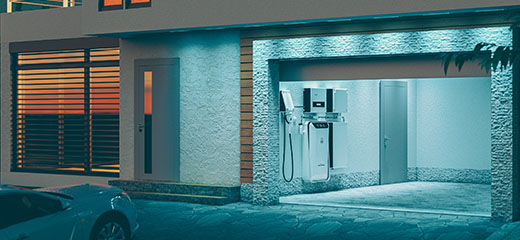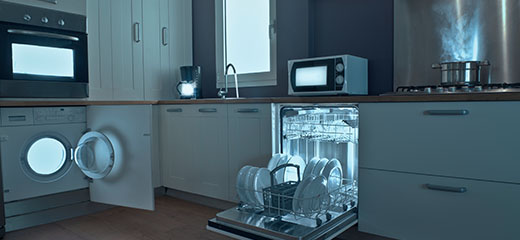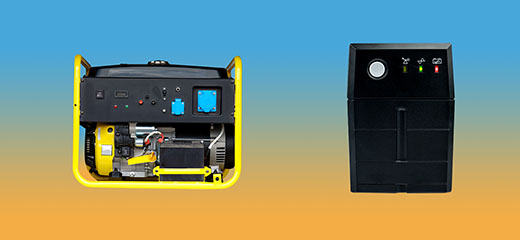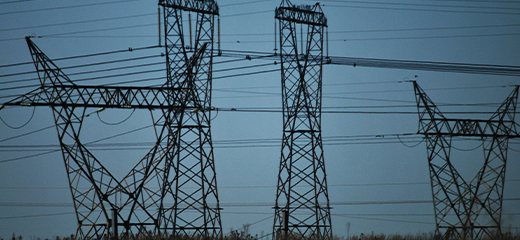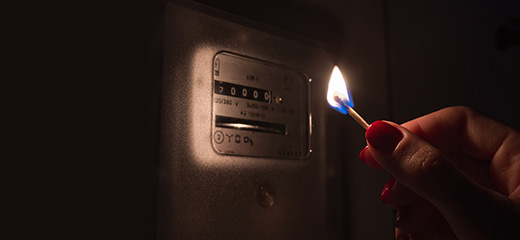
The best battery choices for backup power
Whether you’re looking to add storage to your solar system or deciding on an inverter-based power backup, choosing the right battery for your needs is an essential part of avoiding disappointment.
Batteries are the backbone of a solar or power backup system, determining how much energy can be stored for later use by the household. When choosing batteries for your system there are multiple factors to consider: how much power is needed, the length of time it is expected to run, the time it takes to recharge, the battery’s lifespan and, of course, the cost.
Battery basics
There are many options to choose from when looking at batteries and the terminology can get confusing if you don’t know what you’re looking for. Understanding a few key elements can help you make an educated decision:
- Kilowatt (kW): A kilowatt is equal to 1000 watts and speaks to the amount of power a device needs to operate. As an example, an average fridge needs about 400w or 0.4kW of power to run. When it comes to inverters and solar systems, the kilowatt rating tells you the maximum amount of power that can be drawn from the inverter at the same time when running at 100% efficiency.
- Kilowatt-hour (kWh): This tells you the maximum amount of energy that is stored in the batteries for use if running at 100% efficiency. As an example, if you have 3kWh of storage in your batteries you could run a 3kW kettle for 1 hour before running out of battery power. Alternatively, you could run a 1.5kW air conditioner for 2 hours or a 0.1kW ceiling fan for 30 hours.
- Deep cycle: Unlike normal batteries, such as those found in cars which are designed to provide short bursts of power, a deep cycle battery is designed to provide a smaller amount of power but over a longer period of time. This is why deep cycle batteries last far longer as part of a power backup system compared to normal batteries which might need replacing after as little as a dozen discharge cycles.
- Depth of discharge: Repeatedly drawing power from a battery until it is empty can damage the battery and significantly reduce its capacity and lifespan. This is why the depth of discharge (DoD) or ‘design capacity’ is important to pay attention to. As an example, a 3kWh may have a DoD of 50% which means you should not draw more than 1.5kWh per cycle.
- Battery efficiency: Unfortunately, no battery is 100% efficient as energy is lost in storage and during charging and discharging. This means that if you purchase a 3kWh battery that has an 80% efficiency rating you will only be able to draw 2.4kWh of energy from the battery.
- Degradation: This speaks to the amount of power and capacity a battery loses over time. In the first instance, a battery that is no longer plugged into a power source will slowly begin to shed some of the stored energy which can result in a fully charged battery becoming a dead battery after 6 months of non-use. The second case speaks to the amount of storage capacity that batteries gradually but permanently lose over their lifetime.
- Cycle life: The more times a battery is charged and discharged, the shorter its lifespan becomes. While degradation happens gradually over time, knowing the number of cycles a battery can facilitate will tell you how long it will last when regularly used. So, if your battery is built for 1000 cycles and you use it 4 times a day for loadshedding, then your battery will last approximately 250 days.
- Time to charge: This is an important aspect to consider, particularly as higher stages of loadshedding can limit the amount of time your batteries have to recharge. Some batteries need time to cool down before they can be recharged again, whereas others can be charged not only immediately and quickly but from more than 1 power source too.
Technologies
If you’re shopping for battery storage you’ve probably come across lead-acid, lithium-ion and maybe even lithium iron phosphate technologies. But what are the differences?
- Lead-acid: This technology has been around for years and if affordability is on your mind, you’ll find the purchase price appealing. While these large and heavy batteries work well, you’ll need to factor in hot running temperatures, degradation, the depth of discharge limitations (see above), long recharging times, the need for maintenance and a low cycle life which will mean you’ll need to replace your batteries on a regular basis. If you go with this option, make sure they are placed in a well-ventilated area where toxic gasses can quickly and safely disperse.
- Lithium-ion: Advances in technology have made lithium-ion batteries a far more attractive option. While more expensive, these batteries are non-toxic, smaller and much lighter, offer as much as 80% depth of discharge, reduced degradation, significantly higher life cycles, remarkably fast recharge times and no need for maintenance.
- Lithium iron phosphate: This is considered to be the best lithium battery chemistry for solar applications given its considerably smaller size and weight, high depth of discharge levels and a cycle life up to as much as 10 000. While this battery is certainly impressive and will last for years, the high cost can be a barrier to entry.
Head to LookSee for a range of quality power solutions with convenient financing options.


